Opt-In vs. Opt-Out: Navigating the Nuances of CMS Mandates in Member Data Sharing
June 24, 2024 | 5-minute read

The healthcare landscape is witnessing a growing focus on member data sharing. The Centers for Medicare & Medicaid Services (CMS) has been at the forefront of this discussion, issuing mandates that prioritize member choice through “opt-in” or “opt-out” mechanisms. This blog post dives into the intricacies of these approaches, exploring their implications for payers, providers, and the healthcare system as a whole.
Understanding Opt-In and Opt-Out:
- Opt-In: Under an opt-in approach, members explicitly grant permission for their healthcare information to be shared with third parties for specific purposes. This requires proactive action from the member, ensuring they understand what data is being shared and with whom.
- Opt-Out: An opt-out approach allows data sharing to occur by default, with members having the option to opt-out if they wish to withhold their information. This is generally considered less member-centric, as some individuals might not actively review or understand opt-out options.
CMS Mandates and the Opt-In Focus:
Recent CMS mandates have emphasized the importance of member control by promoting an opt-in approach for data sharing in certain contexts. Here are a few specific examples:
- Interoperability and Patient Access: The CMS Interoperability and Patient Access rule, finalized in 2020, requires providers to share electronic health information (EHI) with members upon request through various channels, including application programming interfaces (APIs). This inherently relies on an opt-in approach. The rule specifies the following opt-in requirements that directly affect payers:
- Individualized Member Control: Members have the right to choose which information they want to share and with whom. Payers should work with providers to ensure a seamless opt-in experience where members can specify the data types (e.g., medications, allergies) they wish to access through APIs. You can find more details about the PIA rule on the CMS website: https://www.cms.gov/newsroom/fact-sheets/interoperability-and-patient-access-fact-sheet
- Multiple Access Options: Providers must offer members various options for accessing their EHI, including patient portals, secure email, and direct download. Payers can play a role in advocating for clear communication from providers regarding these options, empowering members to choose their preferred method.
- Clear Communication: Providers are obligated to inform members about their right to access their EHI electronically and the opt-in options available. Payers can collaborate with providers to develop educational materials or campaigns that explain the benefits of data sharing and the opt-in process in a way that is clear and accessible to all members.
- Information Blocking: Another CMS rule prohibits information blocking, which refers to practices that hinder the secure exchange of EHI. This promotes a more open data sharing environment, but members still retain control through opt-in mechanisms for specific data uses. The rule emphasizes that providers cannot use opt-out mechanisms to prevent members from exercising their right to access and share their EHI. This ensures a more transparent flow of information that can benefit payers by providing a more complete picture of a member’s health. You can find more details about the Information Blocking rule here: https://www.cms.gov/Regulations-and-Guidance/Legislation/EHRIncentivePrograms/Downloads/EHR_InformationBlockingFact-Sheet20171106.pdf
Challenges of Low Opt-In Rates:
Despite the benefits, achieving high member opt-in rates remains a challenge. Here’s how this can impact payers:
- Limited Data Access: Low opt-in rates can restrict a payer’s ability to access valuable member data, hindering efforts to improve care coordination, risk adjustment, and cost management.
- Missed Opportunities: Reduced access to member data can limit opportunities for payers to identify and address potential health issues proactively, potentially leading to higher healthcare costs down the line.
- Member Disengagement: Low member participation in data sharing can indicate a lack of trust or understanding. This can hinder efforts to build stronger relationships and member engagement.
Benefits for Payers:
While member opt-in presents some challenges, it also offers significant advantages for payers:
- Improved Care Coordination: Increased access to member data, facilitated by opt-in, can enable payers to work more effectively with providers to coordinate care plans, potentially reducing unnecessary treatments and improving health outcomes. A study by the Journal of the American Medical Association (JAMA) found that improved care coordination can lead to a 10% reduction in hospital admissions https://jamanetwork.com/.
- Reduced Costs: Better care coordination and a more holistic view of member health can lead to cost savings for payers by preventing avoidable complications and hospital readmissions.
- Enhanced Risk Adjustment: Access to comprehensive member data can improve the accuracy of risk adjustment for payers, ensuring they receive appropriate reimbursement for the care they’re providing.
- Member Engagement: Empowering members to control their data sharing can foster trust and transparency, potentially leading to higher member satisfaction and engagement.
Strategies to Increase Opt-In Rates:
To address these challenges and maximize the benefits of opt-in, payers can employ several strategies:
- Member Education: Partner with providers to develop educational campaigns that clearly explain the advantages of data sharing, addressing member concerns about privacy and security.
- Simplified Opt-In Processes: Advocate for user-friendly online portals or mobile apps that make opting-in a smooth and convenient experience for members.
- Targeted Communication: Leverage member data analytics to segment your membership and deliver personalized communication that highlights the specific benefits of data sharing for different member groups (e.g., those with chronic conditions).
- Incentivization: Explore potential incentive programs that reward members for opting-in, such as discounts on wellness programs or educational resources.
Conclusion:
The shift towards opt-in for member data sharing presents both challenges and opportunities for payers. By working collaboratively with providers, prioritizing member education, and implementing effective strategies to increase opt-in rates, payers can position themselves to leverage the benefits of increased data access. This can lead to improved care coordination, reduced costs, enhanced risk adjustment, and ultimately, a more engaged and satisfied member base.





